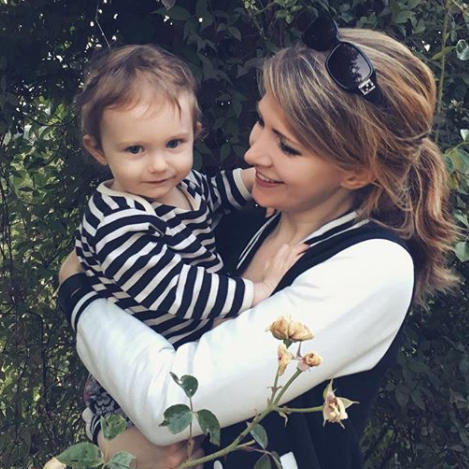
My goal is to live to 120 years old. It’s a goal that, if I make, I’ll be pretty impressed with myself. If not… I suppose 119 will do.
I just finished reading Healthy at 100 by John Robbins, a book that examines the types of lifestyles and eating habits that have kept a handful of cultures in the world home to unusually high life spans and health well into old age: The valley of Vilcabamba in Ecuador, the Hunza region of Pakistan, the Abkhasians south of Russia, and Okinawa, Japan.
Some elders in Abkhasia have claimed to reach astounding ages well above 120, although without birth records to confirm, this is difficult to verify. Fortunately, these records do exist in Okinawa, and thanks to this, it has been scientifically established as the home of the longest lived and healthiest people ever thoroughly studied due to well documented birth and health records that make their claims of longevity official.
Okinawa is home to the world’s healthiest documented elders, to the world’s longest recorded life expediencies, and to the highest concentrations of verified centenarians in the world. Okinawa today accounts for 15 percent of the world’s documented supercentenarians (110 or older) despite being the home of only 0.0002 percent of the world’s population. (Healthy at 100)
 It seems to me that if the people living in these areas of the world are healthy well into old age, and they are living over 100, then whatever they’re doing (and eating) is what the rest of us should be doing too.
It seems to me that if the people living in these areas of the world are healthy well into old age, and they are living over 100, then whatever they’re doing (and eating) is what the rest of us should be doing too.
A little about each culture:
In Okinawa, they almost never overeat. They prefer to leave some room in their stomachs after a meal to avoid feeling full. The elder Okinawans stop eating when they are 80 percent full. They also eat an average of seven servings each of vegetables and whole grains per day. Meat, poultry, and eggs make up about 3 percent of the Okinawan’s diet, while fish makes up about 11 percent. Dairy makes up about 2 percent of the diet, and vegetables and grains are each around 33 percent. Interestingly, soy foods make up about 12 percent.
The Abkhasians begin their day with a salad of green vegetables that have been freshly picked from the garden. Something I find interesting is that they always pick vegetables from the garden right before serving or cooking them and leftovers are thrown away as they consider food that is not fresh to be harmful. The Abkhasians also drink 1-2 glasses a day of a fermented drink called matzoni, which is made from the milk of goats, cows, or sheep.
The Vilcabambans own no cars or bicycles, and they do not use horses to move around; they simply walk everywhere. Even the oldest people are highly active; working in the house or garden, so they have no need for any type of exercise equipment as physical activity is such a large part of their daily life. Also, instead of dessert (as we know it), the Vilcabambans eat fruit like figs, pineapples, or watermelon when they want something sweet.
The Hunzans take great care of the soil they use to grow everything they eat. They put everything in it that they possibly can to enhance it: goat and sheep droppings, dead leaves, rotting wood, and animal wastes. Everything is carefully composted in sunken compost pits then dispersed over every inch of the land they use to grow their food.
The diets of all of these cultures are…

- Very low in calories compared to Western standards. The average for a man is about 1900 a day (with an active lifestyle), compared to the American average of 2560 a day for a man (typically with a sedentary lifestyle).
- High in healthy carbohydrates like whole grains, fruits, and vegetables.
- Whole-food based, with little (or zero) processed or refined foods, sugar, corn syrup, preservatives, artificial flavors or chemicals.
- Dependent on fresh foods so they eat what is in season and locally grown (Not relying on canned foods or foods shipped from far away).
- All low in fat; and the fats they do eat come from natural sources like seeds, nuts, and sometimes fish (rather than bottled oils, margarine or saturated animal fats).
- They derive their protein mainly from plant sources like beans, peas, whole grains, seeds, and nuts.
In summary
Aside from their dietary habits, these cultures are all very active in their day-to-day lives, and remain that way their entire life. This is a huge contrast to the sedentary lives we lead. Even those of use who are active probably see ‘going for a walk’ as exercise, rather than a normal part of the day. Social connectedness is also a huge part of these cultures as well, as is a profound sense of sharing and caring for each other. Do you have that in your everyday life? (I don’t mean Twitter)
We can certainly learn a thing or two from these cultures; with our food, how we treat each other, how we see the world, and how we view our elders. If you have a chance to read the book Healthy at 100, then please do. It will change your outlook on aging.





Leave a Comment